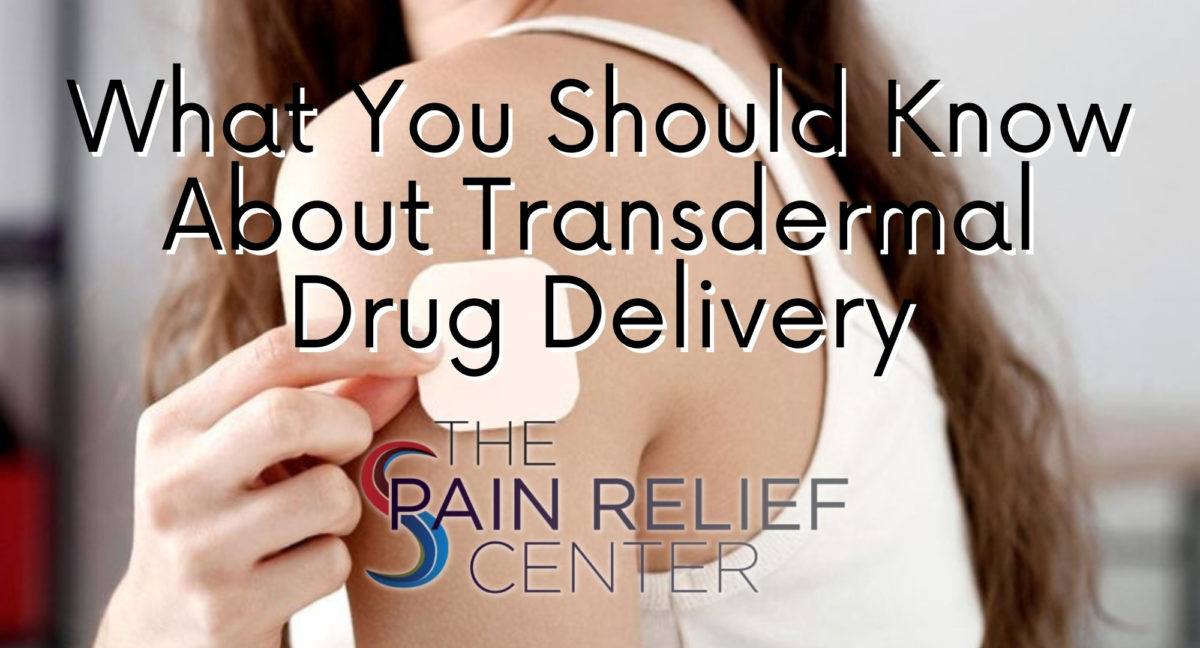There are more options for taking medications aside from pills, powders, liquids and injections. The concept of transdermal drugs have been around since ancient times, when medicated plasters were applied to the skin in order to promote healing. Now they have developed into highly controlled drug delivery systems that administer medication without the negative effects of other drug delivery types.
What is Transdermal Drug Delivery?
Transdermal drug delivery is a noninvasive method for delivering analgesics at a predetermined rate across the surface of the skin. There are a few common types of transdermal medications, like patches and gels. Patches containing medication mixed with a contact adhesive on one side are secured to the patient.
The patient’s body heat triggers the release of the drug, and the medication is absorbed through the skin into the bloodstream and distributed throughout the body. Gels work much the same but are applied topically to the skin in the form of an ointment or cream.
Transdermal patches and gels regulate the release of the medication in a controlled manner, allowing for a gradual and constant release of the drug in the patient as opposed to one large dose that floods the system. One of the most popular examples is the nicotine patch, which helps reduce cravings for cigarettes by steadily pumping small amounts of nicotine into the body.
Transdermal drug delivery offers many advantages over other types of drug administration. Application and removal is painless and doesn’t necessitate a doctor’s visit, making it much more convenient for patient use. Transdermal drug delivery also allows the drug to bypass the digestive system and liver. Traditional drug delivery systems such as pills and powders must pass through the digestive tract where they often cause irritation and lose their effectiveness.
Common Uses
Transdermal medications have a wide range of applications, including:
- Local anaesthetic
- Acute and chronic pain management
- Sprains, torn ligaments and damaged muscles
- Treatment of muscle and joint pain such as arthritis and carpal tunnel
Risks and Disadvantages
Unfortunately, advancements in transdermal medication have not yet caught up to traditional drug delivery methods. Many drugs are still not suitable for transdermal delivery, and those that are tend to be more expensive.
The risks associated with transdermal medications are mild. Adhesives in transdermal patches may irritate the skin or cause localized sensitivity at the site of application. Patients with low blood flow are not suitable candidates for the method, as drug regulation is not guaranteed.
The Pain Relief Center in Plano, Texas. We’re Here To Help You
At the Pain Relief Center, we work with you to create a holistic approach to healthcare that will suit your individual needs. Put an end to chronic pain. Stop by or give us a call to schedule an appointment.


